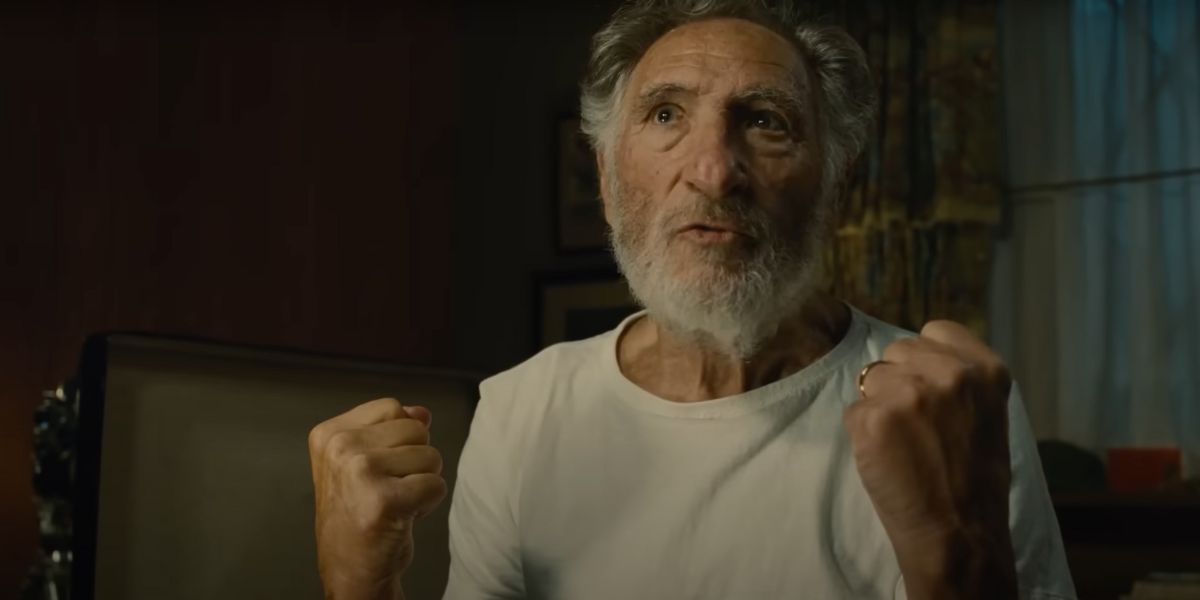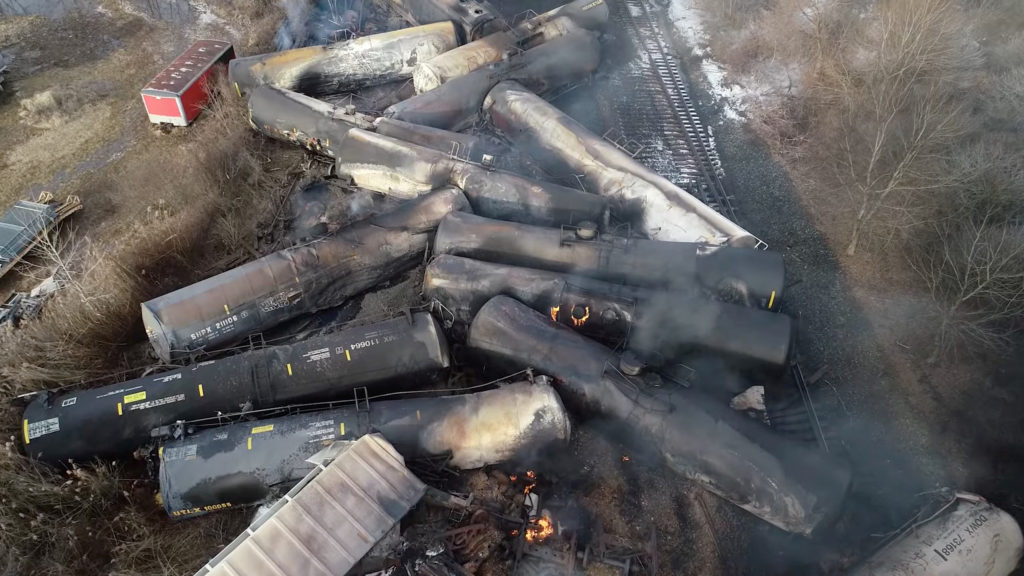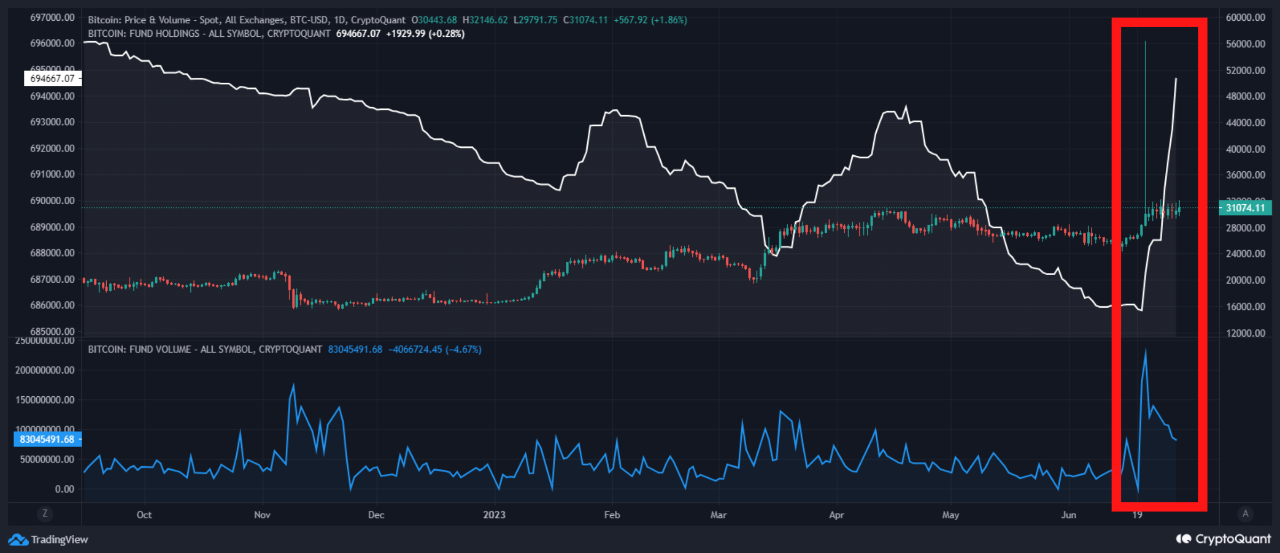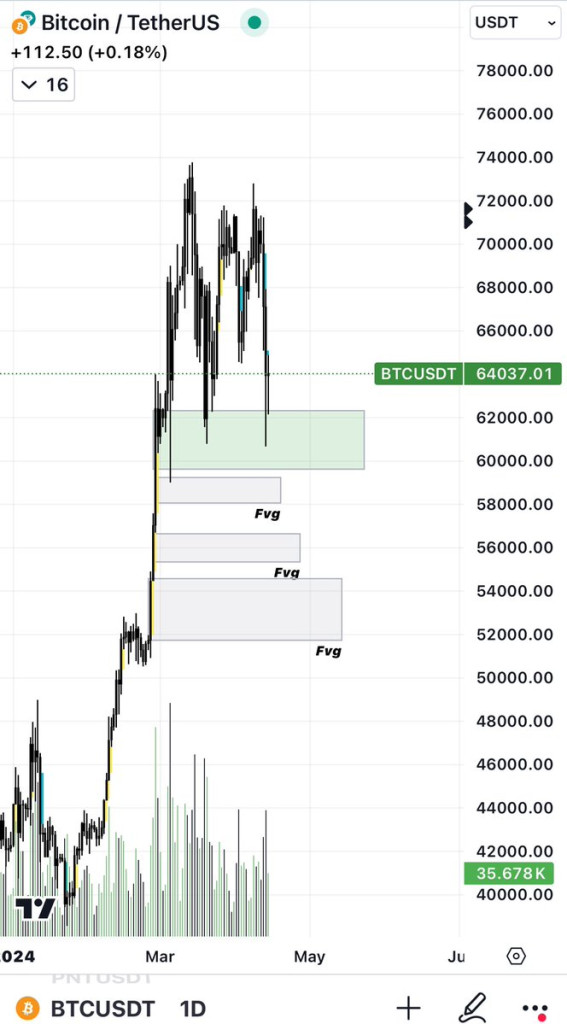Steven Spielberg's Top 7 War Films: A Critical Ranking

Table of Contents
1. Saving Private Ryan (1998)
Unparalleled Realism
Saving Private Ryan revolutionized war film depictions with its unprecedented realism. The opening Normandy invasion sequence is a visceral masterpiece, employing shaky cam, immersive sound design, and graphic violence to create an unparalleled sense of chaos and brutality.
- Impact on war film conventions: The film set a new standard for realism in war movies, influencing countless films that followed.
- Critical acclaim: Saving Private Ryan received widespread critical acclaim, winning five Academy Awards, including Best Director for Spielberg.
- Lasting influence on filmmaking: Its innovative approach to filmmaking continues to inspire and influence directors today.
Emotional Core
Beyond the stunning visuals, Saving Private Ryan explores the profound emotional toll of war. It centers on Captain Miller's (Tom Hanks) mission to find Private Ryan, highlighting the bond between soldiers and the moral dilemmas they face.
- Character development: The film features richly developed characters grappling with trauma, loss, and the weight of their actions.
- Emotional impact on the audience: The film's emotional power is undeniable, leaving viewers deeply moved and contemplating the human cost of war.
- Themes of brotherhood and sacrifice: The film powerfully explores themes of brotherhood, loyalty, and the ultimate sacrifice in the face of overwhelming odds.
2. Schindler's List (1993)
While primarily a Holocaust film, Schindler's List powerfully depicts the horrors of war and genocide, making it a crucial entry in any discussion of Spielberg's war-themed works.
Historical Context and Accuracy
Spielberg's commitment to historical accuracy in Schindler's List is undeniable. Meticulous research ensured a respectful and accurate portrayal of the Holocaust, making the film a powerful historical document.
- Source material: The film is based on the true story chronicled in Thomas Keneally's novel Schindler's Ark.
- Spielberg's intentions: Spielberg aimed to create a film that would honor the victims and serve as a warning against the dangers of hatred and indifference.
- Ethical considerations: The ethical complexities of depicting such a sensitive topic are masterfully navigated, resulting in a film that is both harrowing and profoundly moving.
Black and White Cinematography
The film's stark black and white cinematography is a crucial stylistic choice, enhancing its emotional impact. The occasional splashes of color highlight moments of life and hope, further amplifying the film's devastating impact.
- Impact on mood: The black and white visuals create a sense of grim reality and historical weight.
- Visual representation of trauma: The stark imagery effectively conveys the trauma and suffering experienced by the victims of the Holocaust.
- Contrasting the stark reality with moments of color: The rare use of color serves to emphasize the preciousness of life amidst unimaginable suffering.
3. War Horse (2011)
Unique Perspective
War Horse offers a unique perspective on war, telling the story from the viewpoint of a horse caught in the midst of World War I. This unconventional approach enhances the emotional impact of the film.
- Animal protagonist: Joey, the horse, serves as the emotional core of the film, connecting the audience to the brutality of war through his experiences.
- Themes of loyalty and resilience: The film explores themes of loyalty, resilience, and the enduring power of the human-animal bond amidst the devastation of war.
- Emotional connection with the audience: The film's emotional resonance is amplified by Joey's journey, evoking empathy and understanding.
Visual Spectacle
War Horse is visually stunning, showcasing breathtaking landscapes and powerful imagery of war. The film's scale and ambition are evident in its stunning visuals.
- Use of CGI and practical effects: A blend of CGI and practical effects creates a realistic and immersive experience.
- Visual storytelling: The film effectively uses visuals to tell its story, conveying emotion and meaning through imagery.
- Contrasting beauty and brutality of war: The film contrasts the beauty of the natural world with the harsh realities and brutality of war.
4. Empire of the Sun (1987)
Coming-of-Age Story
Empire of the Sun, based on J.G. Ballard's autobiographical novel, follows a young boy's experiences as a prisoner of war during World War II. It’s a coming-of-age story set against the backdrop of war.
- Character development: The film portrays the boy's journey from innocence to survival, showcasing his resilience and adaptability.
- Themes of innocence lost: The film explores the loss of innocence and the impact of war on children.
- The brutality of war on children: The film depicts the harsh realities of war and its devastating effects on children.
Portrayal of Japanese POW Camps
Empire of the Sun offers a poignant portrayal of the harsh realities faced by prisoners of war in Japanese camps during World War II.
- Historical accuracy: The film strives for historical accuracy in depicting the conditions and experiences of prisoners of war.
- Humanizing the enemy: While depicting the brutality of the system, the film also strives to humanize the characters, presenting complex and morally ambiguous situations.
- Exploring the complexities of war: The film explores the complexities of war, including its psychological and emotional effects.
5. 1941 (1979)
Comedic Approach to War
1941 represents a significant departure from Spielberg's usual style, adopting a comedic approach to the war genre.
- Genre blending: The film blends comedy, action, and war elements into a unique and often chaotic experience.
- A departure from Spielberg's usual style: It showcases a more playful and less serious take on the subject matter than his other war-related movies.
- Audience reception: 1941 received mixed reviews, showing a different side to Spielberg's storytelling.
Historical Inaccuracy
1941 embraces intentional historical inaccuracies and comedic exaggerations, offering a satirical take on war films.
- Satirical elements: The film utilizes satire to comment on the anxieties and paranoia of the time.
- Critical reception contrasting with other films on this list: Unlike the other films on this list, its critical reception was less enthusiastic due to its departure from realism and focusing on a comedic tone.
6. Munich (2005)
Moral Ambiguity
Munich delves into the complex moral dilemmas surrounding the 1972 Munich Olympics massacre and the subsequent Israeli retaliation.
- The blurring of lines between good and evil: The film explores the morally ambiguous actions taken in the name of revenge.
- The emotional toll of violence: The film portrays the emotional toll of violence and the ethical complexities of revenge.
- Exploration of moral gray areas: The film avoids simplistic morality, presenting complex characters and situations.
Intense Action Sequences
Munich features intense and realistic action sequences that underscore the film’s exploration of violence and its consequences.
- The use of violence to convey a message: The action scenes are not gratuitous but serve to highlight the brutal realities of violence.
- The realism of the action sequences: The film strives for realism in its depictions of violence.
- Suspense and tension: The action sequences are effectively used to build suspense and tension.
7. Bridge of Spies (2015)
Cold War Espionage
Bridge of Spies focuses on the Cold War, exploring the tense world of espionage and negotiation during this critical period.
- Historical context: The film is set against the backdrop of the Cold War, accurately portraying the historical context.
- The portrayal of the Cold War: The film effectively conveys the atmosphere of suspicion, paranoia, and ideological conflict.
- The strategic elements of espionage: The film depicts the intricacies of espionage, including strategies, tactics, and risks involved.
Themes of Negotiation and Diplomacy
Bridge of Spies emphasizes the importance of negotiation and diplomacy, even in the midst of intense ideological conflict.
- The importance of dialogue and peaceful resolution: The film highlights the potential for peaceful resolution through dialogue and negotiation.
- Themes of international relations: The film explores the complex dynamics of international relations during the Cold War.
- Humanizing the enemy: The film humanizes the opposing characters, emphasizing the shared humanity even in times of conflict.
Conclusion
From the visceral realism of Saving Private Ryan to the quiet heroism of War Horse, Steven Spielberg's war films offer a diverse yet consistently powerful exploration of conflict. This ranking highlights his masterful ability to blend historical accuracy with compelling storytelling, evoking strong emotional responses and prompting profound reflection on the human cost of war. Delve deeper into the world of Steven Spielberg war films and explore the critical acclaim and enduring impact of his cinematic masterpieces. Which of these films resonates most strongly with you? Share your thoughts in the comments below!

Featured Posts
-
 Ohio Train Derailment The Lingering Threat Of Toxic Chemical Contamination
May 08, 2025
Ohio Train Derailment The Lingering Threat Of Toxic Chemical Contamination
May 08, 2025 -
 1 0
May 08, 2025
1 0
May 08, 2025 -
 Angels Hitting Woes Continue 13 More Strikeouts In Twins Series Sweep
May 08, 2025
Angels Hitting Woes Continue 13 More Strikeouts In Twins Series Sweep
May 08, 2025 -
 Ethereum Cross X Signals Is A 4 000 Price Target Realistic Institutional Accumulation Analysis
May 08, 2025
Ethereum Cross X Signals Is A 4 000 Price Target Realistic Institutional Accumulation Analysis
May 08, 2025 -
 Bitcoin Chart Analysis Analyst Identifies Key Rally Entry Point May 6 2024
May 08, 2025
Bitcoin Chart Analysis Analyst Identifies Key Rally Entry Point May 6 2024
May 08, 2025
